Einstein predicted the existence of these crosses back in 1915. Now, they are used to study distant galaxies.
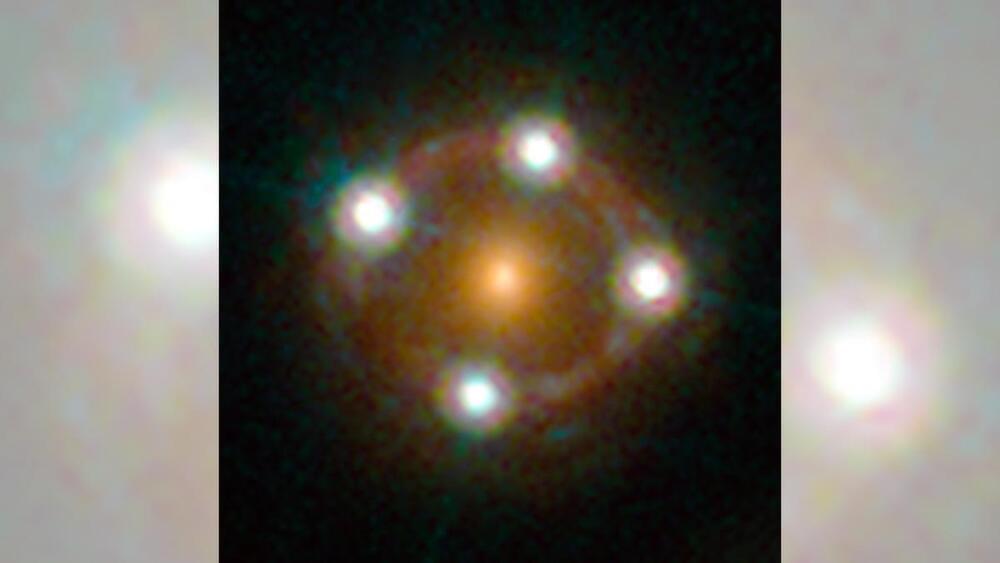

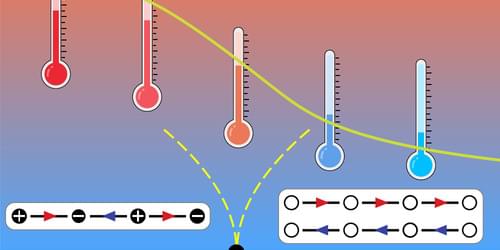
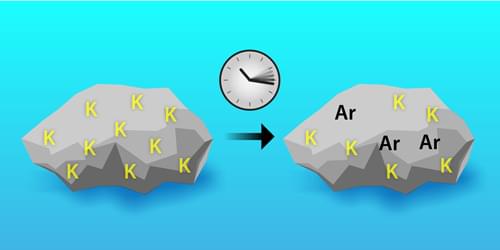
Researchers revisit a neglected decay mode with implications for fundamental physics and for dating some of the oldest rocks on Earth and in the Solar System.
With a half-life of 1.25 billion years, potassium-40 does not decay often, but its decays have a big impact. As a relatively common isotope (0.012% of all potassium) of a very common metal (2.4% by mass of Earth’s crust), potassium-40 is one of the primary sources of radioactivity we encounter in daily life. Its decays are the primary source of argon-40, which makes up almost 1% of the atmosphere, and the copious amount of heat released from these decays threw off early estimates of the age of Earth made by Lord Kelvin. Potassium-40 is largely responsible for the meager radioactivity in our food (such as bananas), and it is a significant source of noise in some highly sensitive particle physics detectors. This isotope and its decay products are also useful tools in dating rocks and geological processes that go back to the earliest parts of Earth history. And yet some long-standing uncertainty surrounds these well-studied decays.
Year 2022 😗😁
New reserach shows fungi and mushrooms create electrical pulses and may be communicating with each other, or talking to each other.

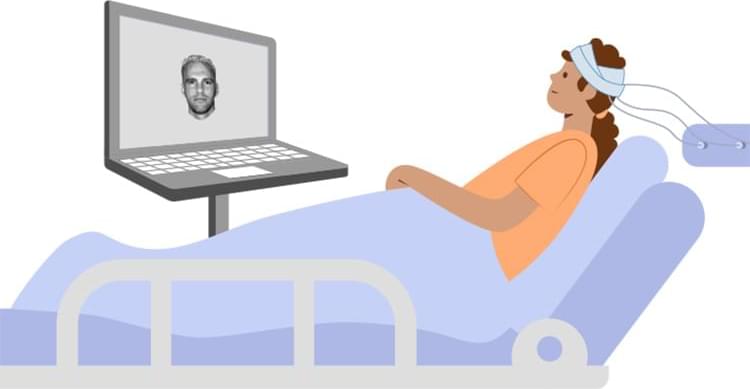
Researchers from Hebrew University of Jerusalem and UC Berkeley recorded electrical activity in the brains of epilepsy patients while showing them various images in an attempt to find out where persistent images are stored in the brain and how we consciously access those images. (Image credit: Hadar Vishne, Royal College of Art)
More than a quarter of all stroke victims develop a bizarre disorder — they lose conscious awareness of half of all that their eyes perceive.
After a stroke in the brain’s right half, for example, a person might eat only what’s on the right side of the plate because they’re unaware of the other half. The person may see only the right half of a photo and ignore a person on their left side.


Naoko Kurahashi Neilson was on a Zoom call when she saw it for the first time.
She and two PhD students—Mirco Hünnefeld of TU Dortmund University in Germany and Steve Sclafani of Drexel University in the United States—had received permission to review the results of their analysis. Using 10 years of data and 60,000 detections from the IceCube Neutrino Observatory, they were trying to map the emission of tiny, ghostly particles called neutrinos from the band of the Milky Way.
Kurahashi Neilson remembers the three of them staring at the image together. Slowly, they realized that they were, indeed, looking at the first-ever neutrino image of our galaxy.

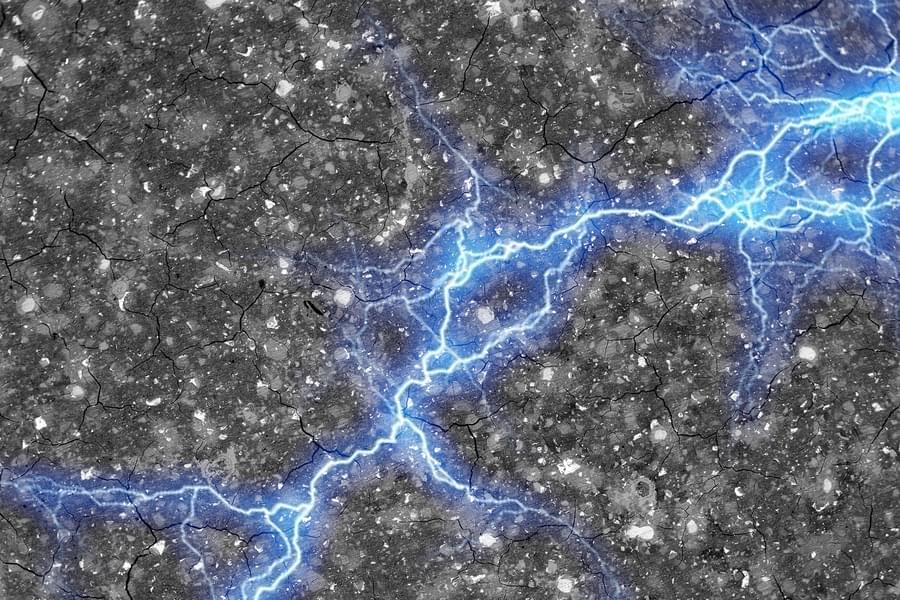
MIT researchers have discovered that when you mix cement and carbon black with water, the resulting concrete self-assembles into an energy-storing supercapacitor that can put out enough juice to power a home or fast-charge electric cars.
We’ve written before about the idea of using concrete for energy storage – back in 2021, a team from the Chalmers University of Technology showed how useful amounts of electrical energy could be stored in concrete poured around carbon fiber mesh electrodes, with mixed-in carbon fibers to add conductivity.
MIT’s discovery appears to take things to the next level, since it does away with the need to lay mesh electrodes into the concrete, and instead allows the carbon black to form its own connected electrode structures as part of the curing process.